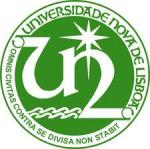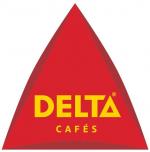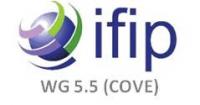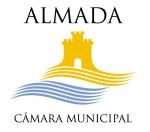MORE INFORMATION ABOUT eNTERFACE
Who attends the eNTERFACE?
The senior reseachers are mainly university professors, industrial and governmental researchers presently working in widely dispersed locations. Junior researchers are mostly PhD students. In the first phase of the workshop, a call for proposals is circulated, for which interested researchers can submit project ideas. This is an international call, and it is widely circulated in all related major scientific networks. The scientific committee evaluates the proposals, and selects about 10 projects. In the second phase, a call for participation is circulated, where the project leaders get to build their team. The would-be participants send in a CV and why they are interested in joining a project. A small number of under-graduates are also selected, set on outstanding academic promise. Graduate students familiar with the field are selected in accordance with their demonstrated performance. This year, we are targeting increased industrial involvement in the workshop.
Funding of the eNTERFACE
No funding is provided by the organizers for researchers, but no registration fees are asked for either. Participants therefore have to pay for their travel, lodging, and catering expenses, using their own project finances or other EU, national, or regional funding. The University organizing the workshop exploits catering and lodging possibilities at minimal student rates whenever possible. Grants and sponsorships are sought from scientific societies (including OpenInterface Foundation, EURASIP and ISCA in the past), governmental bodies (including national science foundations, and municipalities) and from the industry. A limited number of undergraduate students (typically 8-10) are selected (based on their CV and recommendations from professors), whose travel and accommodation expenses are paid by the organizers.
Aims of the eNTERFACE
- Scientific collaboration: The workshop brings together many researchers in human-computer interaction to work on specific projects. During the workshop it becomes possible to tap into the expertise of these researchers. Participants who developed novel tools (e.g. middleware, toolboxes, platforms, hardware) organize tutorial sessions to disseminate their tools, and researchers who attend these sessions learn new tools in the fastest possible way. The projects themselves are ideal platforms to bring together modules developed by different groups. Some projects foster collaboration between computer scientists that develop the tools, and other parties who ask the relevant questions (e.g. artists, psychologists, industrial partners).
- Networking: Early networking is important for young PhD students; a lab visit to another university exposes the student to a new group, but eNTERFACE exposes the student to a host of groups (in addition to several important plenary speakers), and there are plenty of opportunities for senior researchers to assess a student in one month. Many PhD students find postdoc connections during the workshop. The senior researchers leading the groups also find connections for new projects, as well as industrial partners.
- Dissemination: The workshop has one mid-term and one final day of presentations, open to public, to disseminate the results of the projects. Each project prepares a detailed project report, which are collected in an edited volume, and sent to the participants. The reports, collected databases, and jointly developed (OpenSource) software are made available at the workshop website. All such material from the previous workshops is open to public, and can be accessed through www.enterface.net. Project reports are usually extended into peer-reviewed joint publications. Springer Verlag's Journal on Multimodal User Interfaces has in the past run a special issue dedicated for extended papers from the eNTERFACE workshop. Other publications have appeared in many leading journals. Each workshop so far also enjoyed press coverage in national media.
- Exploitation: The projects of the workshop serve different purposes, and few past projects illustrate the span of the workshop:
- Gathering a novel database in a field that lacks one (e.g. a 3D facial expression database),
- Exploring a new modality in an innovative scenario (e.g. a multi-player game using neurophysiological sensors),
- Enabling artists make use of novel interfaces (e.g. a multimodal guitar),
- Integrating a novel modality in an existing application framework (e.g. sign-language enabled information kiosk),
- Building a demonstrator for a newly starting international project (e.g. activity-related biometrics demonstrator).










